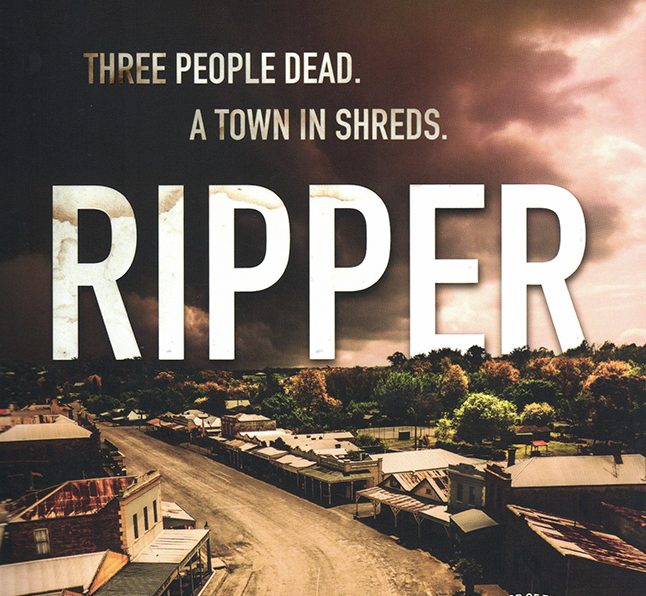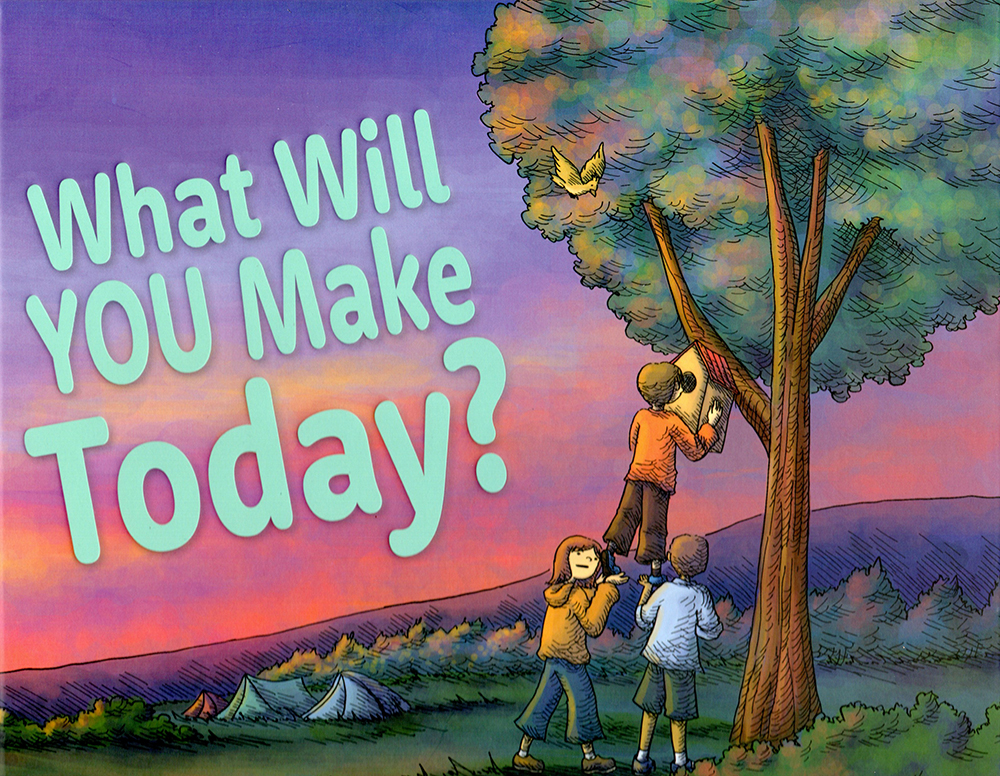
Ripper is the second novel from Shelly Burr. Photo: Supplied.
Dyed in the wool crime readers will recognise classic Christie in Shelley Burr’s second novel, Ripper.
Here we have the small rural community of Rainier still affected by an historic crime, a triple murder by a serial killer now in jail.
There is a large cast of characters with complicated connections – thus plenty of suspects and opportunities for red herrings to be cast in our path. Many grievances simmer in this town.
And we have a female lead amateur sleuth who runs a tea shop! Perhaps a younger prettier version of Marple but one who, like Marple, suffers from lingering trauma, in her case because of a close and dangerous encounter in the historic crime. This is Gemma, married to one of the investigating officers from that past crime. Convenient but also difficult!
In the present, the proposal by an out-of-towner to start crime tours (à la Ned Kelly tourist attractions), taking in the scenes of significance in the past crime, ignites anger and pokes at trauma and secrets, causing further division.
Add to the mix the introduction of our investigative hero from the author’s first novel Wake, Lane Holland, who readers feared had been stowed away in prison for far too many years for more stories. Holland is housed in a special unit with the serial killer from Rainier. We soon find out why.
This is crime writing at its best – taut but tangled plotting and personalities that ooze over the pages, questions of morality and society, psychological insights and interesting background research brought to bear for factual verisimilitude.

Lowbridge adds an historical element to the modern Australian bush noir. Photo: Supplied.
Lowbridge is Lucy Campbell’s debut novel, a tense crime thriller set in 1987 and 2018. It concerns itself with women’s issues in the earlier time frame as the women’s movement struggles to gain hold in a small regional town.
It also focusses on women and girls generally at that time, bringing those matters together in the unsolved disappearances of two teenage girls.
In the present, Katherine Ashworth and husband Jamie come to Lowbridge, grieving the loss of their teenage daughter who was recently run over and killed. This is Jamie’s home town, but for Katherine it’s a foreign environment and she’s not coping well.
Overcome by heat and exhaustion on one of her rare ventures to the outside world, Katherine seeks shelter in the doorway of the historical society. This is fortuitous as the women who run it are women’s movement campaigners from the eighties.
There is something in the histories Katherine finds there that sparks her interest and she soon becomes involved, intrigued by the story of the still unsolved disappearance of Tess Dawes in 1987. She finds a connection in the loss.
The solution of long-ago crimes is something that real life does not always deliver and it is a relief when our fiction does. We look for hope in these stories and in this one we find it.

Pierlot and Anjani’s What Will You Make Today is an invitation for children to think and act. Photo: Supplied.
Picture book team Maura Pierlot and Triandhika Anjani play on the verb ‘to make’ and issue an invitation to consider the power we all have to choose the path of the day and how we treat the natural world.
What Will You Make Today? (Storytorch Press; interior design Flo+Ebb) repeats the titular question and places the onus of choice squarely on the reader, with a string of possible makings from breakfast to doing what is right.
The settings are mostly natural, the picture spreads full of details to make into story. In the company of friends, children are shown creating, talking, conferring, acting, their expressive faces and body language graphically partnering the written text.
It’s clear children can be empowered to act for themselves, their groups and the bigger world.
Barbie Robinson is co-founder and a content creator for Living Arts Canberra, a not-for-profit media outfit supporting arts and community in the Canberra region and books worldwide through its website, podcast interviews and a 24/7 internet radio station at livingartscanberra.com.au.













